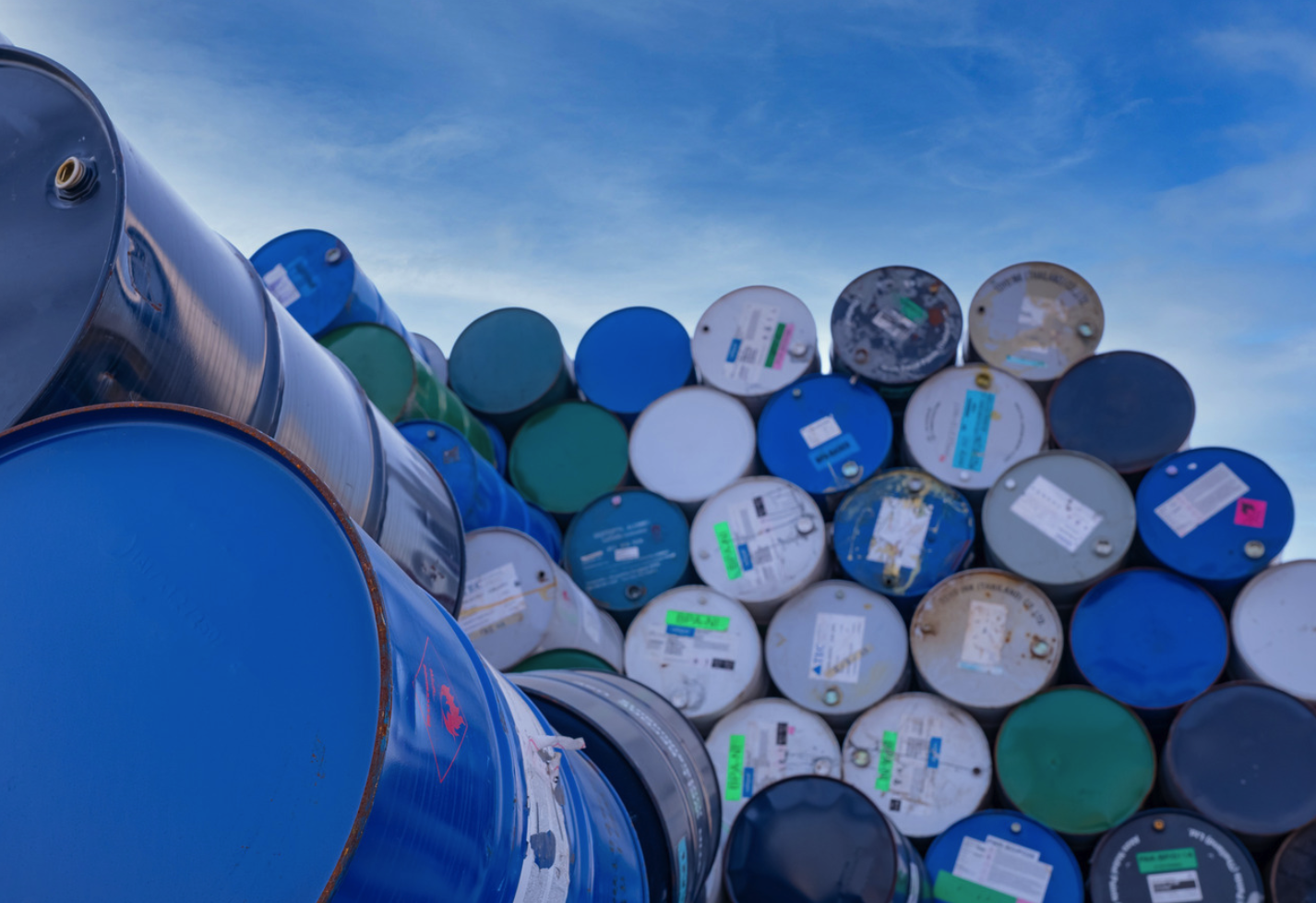Learn about the regulations and procedures for exporting dangerous chemicals, including the definition, necessary certifications, and application processes. Ensure compliance with international safety standards to protect legal rights and facilitate smooth export operations.

According to the "Regulations on the Safety Management of Hazardous Chemicals," customs authorities are responsible for inspecting imported and exported hazardous chemicals and their packaging. If you have questions about hazardous chemicals, the commonly referred "Dangerous Goods Certificate," and which goods require this certificate, read on for a detailed Q&A.
Q&A on Dangerous Chemicals and Dangerous Goods
Q: What are Dangerous Chemicals and Dangerous Goods?
A:
- Dangerous Chemicals are chemicals with properties such as toxicity, corrosion, explosion, flammability, and oxidization, posing hazards to human health, facilities, and the environment.
- Dangerous Goods include substances and items with explosive, flammable, toxic, infectious, corrosive, and radioactive properties, which require special protection during transport, storage, production, and disposal to prevent injury, property damage, or environmental pollution.
Q: What is the difference between Dangerous Chemicals and Dangerous Goods?
A: Dangerous Chemicals only include chemical substances, while Dangerous Goods include substances and items. Both require specific packaging standards. Some Dangerous Goods are not classified as Dangerous Chemicals, such as lithium batteries, accumulators, matches, and car airbags. Additionally, some hazardous properties in Dangerous Chemicals are not recognized under the Dangerous Goods classification standards, like boric acid.
Q: What is the "Dangerous Goods Certificate"?
A: The "Dangerous Goods Certificate" is a colloquial term referring to the "Certificate of Performance Test Results for Export Cargo Transport Packaging" and the "Certificate of Usage Appraisal for Export Dangerous Goods Transport Packaging," issued after passing the respective performance and usage tests.
Q: How to obtain a "Dangerous Goods Certificate"?
A:
- Manufacturers of packaging containers for export dangerous goods must apply to the local customs for performance appraisal.
- Exporters of dangerous goods must apply to the local customs for usage appraisal of the packaging containers.
Important Note: Exporting dangerous goods requires a "Dangerous Goods Certificate." This includes dangerous chemicals classified as dangerous goods.
Q: What is the scope and key points for declaring export dangerous chemicals?
A:
- Scope: Listed in the "Catalogue of Hazardous Chemicals (2015)" and its respective HS codes and inspection and quarantine names.
- Declaration Points: Apply electronically via the "Exit Inspection and Quarantine Application" module before export, and provide an electronic account number in the customs declaration.
Important Note: The General Administration of Customs updates the "Catalogue of Commodities Implemented for Entry-Exit Inspection and Quarantine" annually by December 31.
Q: What documents are required for declaring export dangerous chemicals?
A:
- Declaration of Conformity from the manufacturer.
- Certificate of Performance Test Results for Export Cargo Transport Packaging (except for bulk products and those exempted by international regulations).
- Dangerous Characteristics Classification Identification Report.
- Sample of Dangerous Goods Label (excluding bulk products) and Safety Data Sheet (SDS), with corresponding Chinese translations if in a foreign language.
- Statement on the addition of inhibitors or stabilizers, including their names and quantities.
Important Note: Documents used for multiple declarations can be reused, but the original must be presented for verification if required by customs.
Q: What are the inspection and regulatory requirements for import/export dangerous chemicals and their packaging?
A:
- Must comply with:
- National mandatory technical standards.
- Relevant international conventions, treaties, agreements, and protocols.
- Technical regulations and standards of the importing country.
- Specified technical standards and regulations by the General Administration of Customs.
- Inspection includes:
- Verification of main components, physical and chemical properties, and classification.
- Check for proper labeling and accompanying SDS in the required language.
- Packaging inspection based on international regulations for dangerous goods transport.
- Export dangerous chemicals used as food or food additives must meet food safety regulations.
Q: Do goods with HS codes related to dangerous chemicals but not listed in the "Catalogue of Hazardous Chemicals" require an electronic account?
A: No, electronic accounts are not needed if the goods are confirmed as non-hazardous by relevant identification reports and the HS code does not have inspection and quarantine conditions. During "Integrated Declaration for Export," select "Non-dangerous Chemicals" in the "Dangerous Goods Information" section.
Q: If a company plans to import goods not listed in the "Catalogue of Hazardous Chemicals" but meets the "instructions" of the catalogue, must it comply with the inspection requirements of Announcement No. 129 of 2020?
A: Yes, customs will inspect import and export dangerous chemicals listed in the latest version of the "Catalogue of Hazardous Chemicals."
Q: Does exporting equipment containing lithium batteries require a "Dangerous Goods Certificate"?
A: According to UN TDG regulations, whether a "Dangerous Goods Certificate" is required depends on the lithium battery capacity. Larger capacities require the certificate, while smaller ones do not.
Conclusion
Exporting dangerous chemicals and goods involves strict adherence to regulations and obtaining necessary certifications to ensure safety and compliance. Understanding and following these guidelines is crucial for protecting legal rights and facilitating smooth international trade operations.
